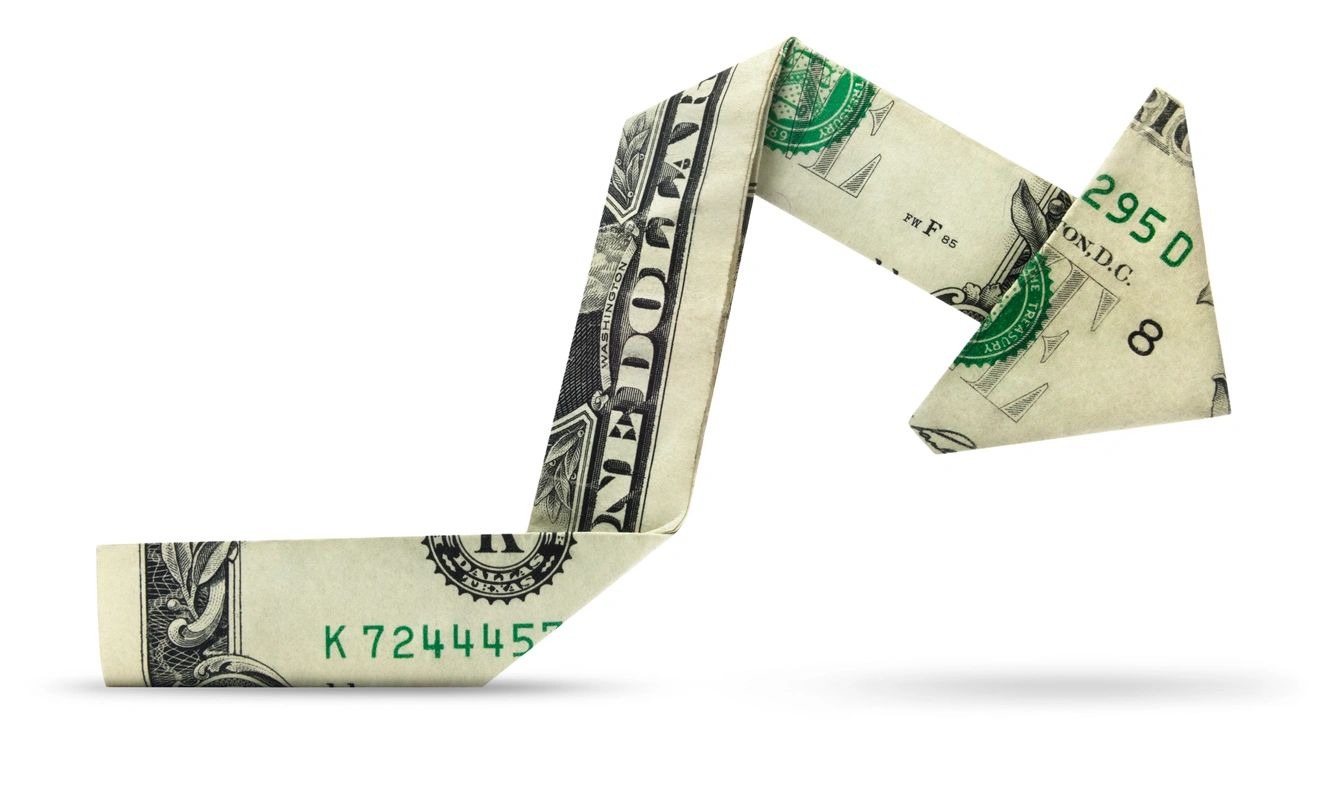Inflation is one of the most significant challenges facing savers today, eroding the purchasing power of money over time. As the cost of living rises, the value of your savings can diminish if they’re not properly managed. While inflation is a natural part of economic cycles, its impact can be especially tough on long-term savers who are relying on their savings to fund their future goals. This article explores how inflation affects your savings and offers strategies to help you stay ahead and protect your hard-earned money.
What is Inflation and How Does It Affect Your Savings?
At its core, inflation refers to the general increase in the price of goods and services over time. As inflation rises, the purchasing power of your money decreases, meaning you can buy less with the same amount of money. For savers, this means that the real value of their savings diminishes. While interest rates may offer some growth, they often don’t keep up with inflation, resulting in a net loss in purchasing power.
The impact of inflation on savings is particularly concerning when it’s sustained over long periods, such as when inflation rates consistently exceed the returns generated by traditional savings accounts or fixed-income investments. Over time, the real value of your nest egg can be drastically reduced.
Understanding the Erosion of Purchasing Power
The most immediate consequence of inflation is the erosion of purchasing power. Imagine that over the next year, inflation climbs by 4%. If your savings yield only a 1% return, you’re losing 3% of your purchasing power, even though your account balance is growing. This subtle yet impactful phenomenon often goes unnoticed until it’s too late. It’s a stark reminder that merely saving money without considering inflation can lead to stagnation.
Consider the scenario of saving for a large purchase or retirement. If inflation outpaces your savings growth, your future purchasing power may be significantly diminished. The money you’ve set aside today will not go as far in the future, making long-term financial planning increasingly complex.
The Role of Interest Rates in Managing Inflation
Interest rates play a vital role in managing the effects of inflation on your savings. Central banks, such as the Federal Reserve, adjust interest rates in an attempt to control inflation. Higher interest rates generally reduce inflationary pressures by making borrowing more expensive and saving more attractive. Conversely, when interest rates are low, inflation can accelerate, eroding the value of savings.
For savers, understanding the interplay between interest rates and inflation is crucial. While high interest rates can help to protect the value of savings, they also come with risks, such as reduced economic growth or higher borrowing costs. It’s important to monitor these changes and adjust your financial strategy accordingly, ensuring that your savings aren’t left vulnerable to rising inflation.
Strategies to Protect Your Savings from Inflation
While inflation is an inevitable economic force, there are several strategies you can adopt to protect and grow your savings. Here are some effective ways to stay ahead of inflation:
Diversify Your Investments
One of the most powerful ways to combat inflation is through diversification. Instead of keeping all your funds in low-yield savings accounts, consider diversifying your portfolio with a mix of stocks, bonds, and other investment vehicles. This allows you to spread the risk and potentially benefit from higher returns. Stocks, for instance, tend to outpace inflation over the long term, making them a reliable hedge.
Invest in Inflation-Protected Securities
Another strategy to consider is investing in inflation-protected securities, such as Treasury Inflation-Protected Securities (TIPS). These bonds are specifically designed to adjust their principal value with inflation, ensuring that you maintain the purchasing power of your investment. While TIPS may not offer the same returns as stocks, they provide a safer option for those looking to preserve the value of their savings in an inflationary environment.
Consider Real Assets
Real assets, such as real estate and commodities, can be excellent tools for fighting inflation. Unlike cash, which loses value in inflationary times, real estate and commodities like gold or oil often increase in value. Real estate can generate rental income and appreciate in value, while commodities act as a tangible store of value. Both can act as a hedge against inflation by providing assets that tend to rise with the cost of living.
Regularly Review Your Financial Plan
Lastly, it’s important to regularly review your financial plan. Inflation isn’t static; it changes over time, and so should your approach to managing your savings. Periodically reassess your savings goals, investments, and strategies. This ongoing adjustment ensures that you’re always aligned with the current economic environment and are effectively managing the impact of inflation.
Summary
Inflation is a powerful force that can erode the value of your savings if left unchecked. By understanding its impact and implementing strategies such as diversifying your investments, investing in inflation-protected securities, and considering real assets, you can protect your savings and even position them for growth. Regularly reviewing your financial plan will help you stay ahead of inflation, ensuring that your savings retain their purchasing power and continue to work toward your future goals.
Please like, comment, and share this article if you found it helpful and
informative.
Visit https://bigtownbulletin.com if you would like to see more of this content.
Please like, comment, and share this article if you found it helpful and
informative.
For more news check out Big Town Bulletin News
For more from Big Town Bulletin check out Big Town Bulletin


